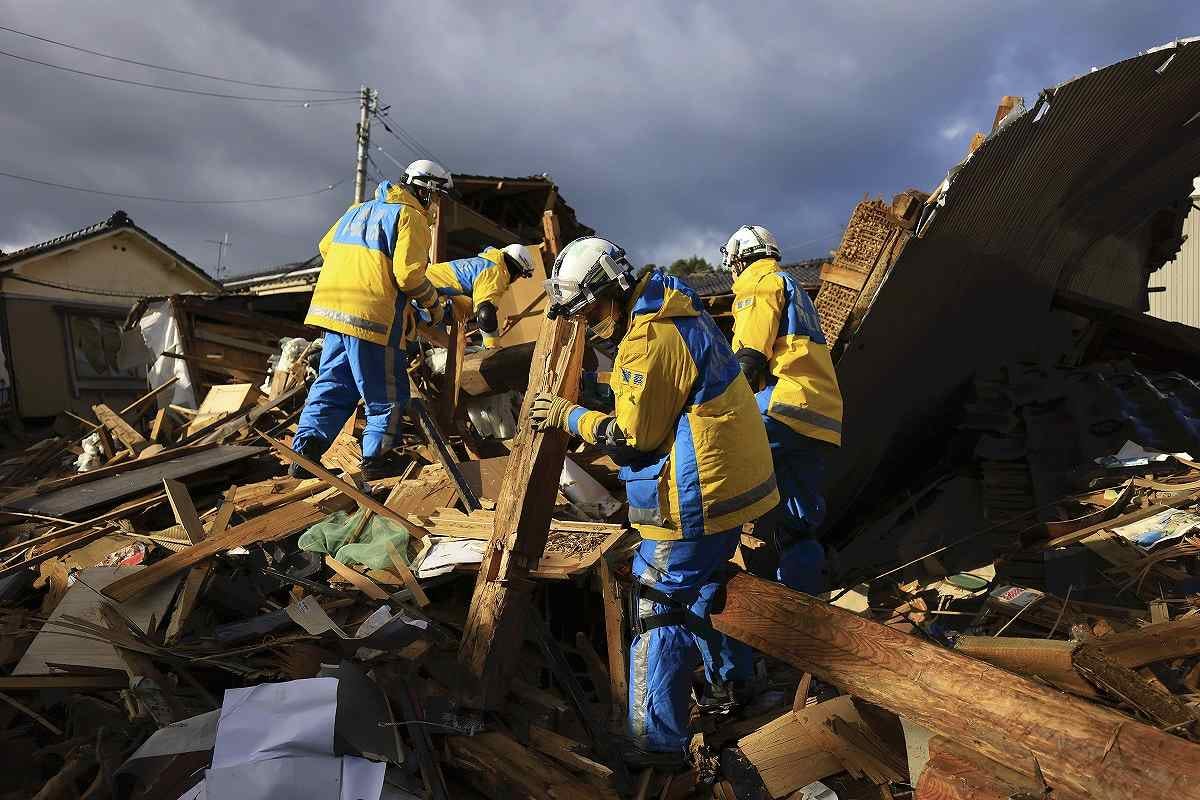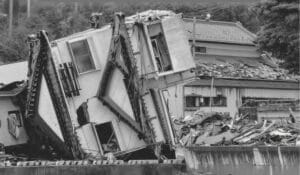No products in the cart.
The Dangers and Trails of Earthquakes in Japan
History of Earthquakes in Japan
Japan, a nation frequently affected by seismic activity, has endured a history of powerful earthquakes. From the Great Kanto Earthquake in 1923 to the Great East Japan Earthquake in 2011, these natural disasters have profoundly impacted the country. The frequent quakes have influenced Japan’s infrastructure, emergency response systems, and daily life routines.
Normal Procedures for Earthquakes
Schools
In Japanese schools, earthquake drills are a regular occurrence. Students are taught to “drop, cover, and hold on” when they feel the ground shaking. Teachers lead evacuation procedures to designated safe zones, ensuring the safety of all students and staff.
Office Buildings
Office buildings in Japan are equipped with advanced earthquake-resistant technology. Employees are instructed to take cover under sturdy desks until the shaking stops. After the earthquake, designated safety officers conduct headcounts and lead evacuation efforts.
Trains and Train Stations
Japan’s efficient train system is well-prepared for earthquakes. Train operators are trained to immediately stop the trains in the event of an earthquake. Passengers are advised to stay seated and hold on to handrails until the shaking subsides. Train stations have designated evacuation routes and emergency supplies for passengers.
Homes and Public Spaces
In homes, residents are encouraged to secure furniture and objects that may topple during an earthquake. Public spaces like shopping malls and theaters have clear evacuation signs and designated meeting points for visitors. Emergency services are activated promptly to provide assistance to those in need.
“Preparedness is key in navigating through the challenges posed by earthquakes in Japan. By following established procedures and staying vigilant, we can ensure the safety of all individuals in our communities.”
The 2011 Earthquake and Its Effects
In the aftermath of these disasters, the Japanese government and its citizens demonstrated extraordinary resilience and solidarity. The government launched extensive relief efforts, including the construction of temporary housing, restoration of infrastructure, and implementation of comprehensive safety measures to prevent future nuclear accidents. International aid and support poured in, further aiding the recovery process. Communities across Japan showed incredible community spirit, coming together to support one another, rebuild their homes, and restore their lives. This period of recovery highlighted the strength and determination of the Japanese people in overcoming one of the most challenging times in their history.
Conclusion
In conclusion, earthquakes are a reality that the people of Japan have learned to live with. By understanding the history of earthquakes in Japan and following established procedures, individuals can protect themselves and others during these natural disasters. Remember, safety always comes first.










